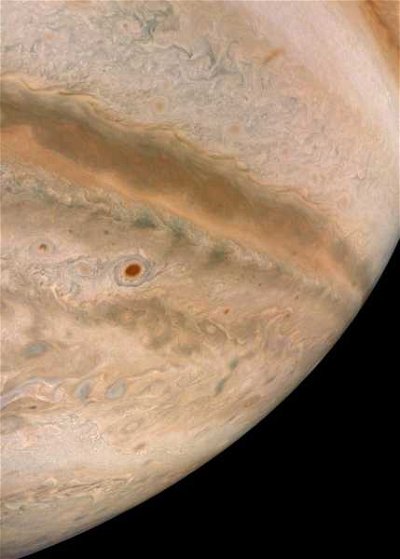Here is the next installment on my twenty questions on the planets. What do you know about mighty Jupiter?
Average, 20 Qns, almach,
Jul 31 23
 Welcome to the fifth planet from the sun, we hope you enjoyed the trip. Please read the enclosed brochure and take the skill-testing questionnaire before you embark on your journey to Jupiter.
Welcome to the fifth planet from the sun, we hope you enjoyed the trip. Please read the enclosed brochure and take the skill-testing questionnaire before you embark on your journey to Jupiter. |
|
 Quick Question
Quick Question = Top 5% Rated Quiz,
= Top 5% Rated Quiz,
 Top 10% Rated Quiz,
Top 10% Rated Quiz,
 Top 20% Rated Quiz,
Top 20% Rated Quiz,
 A Well Rated Quiz
A Well Rated Quiz
· All questions, answers, and quiz content on this website is copyright FunTrivia, Inc and may not be reproduced without permission. Any images from TV shows and movies are copyright their studios, and are being used under "fair use" for commentary and education.